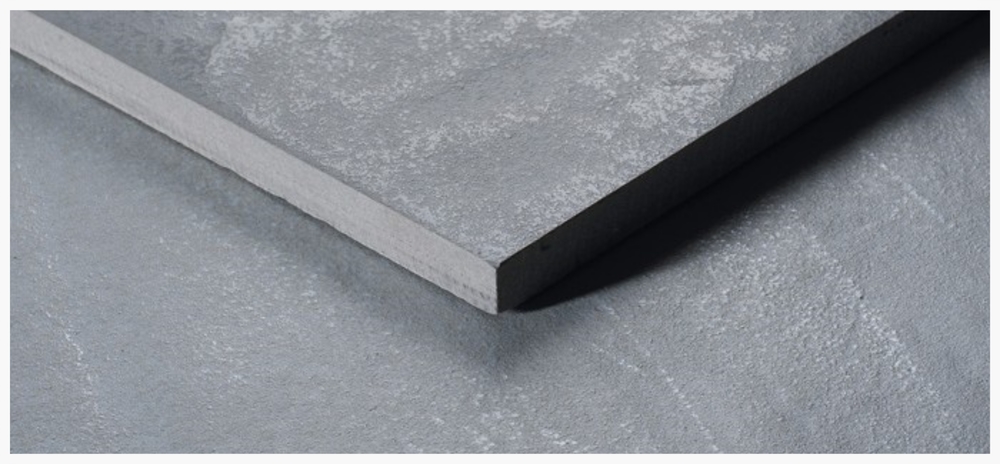We are often asked what is the difference between porcelain and ceramic tiles?
While both fall within the generic ceramic flooring category, porcelain tiles are denser, harder and less pervious to water than ceramic tiles. This means that some porcelain tiles can be used virtually anywhere, and they have the advantage over ceramic tiles in outdoor areas, wet areas and areas of high traffic.
Ceramic and porcelain tile manufacture follows the same fundamental methodology that has been used for literally thousands of years – that is shaping clay and cooking it at very high temperatures to remove water and harden it. Modern manufacturing is basically a refinement of this ancient process.
The main difference between ceramic and porcelain tiles arises from the different clays and raw materials, firing temperatures and timeframes used. Porcelain tiles are generally made of finer and denser grade clay than ceramic tiles, and are pressed and cooked for longer and at higher temperatures. This results in a product that is considerably harder and less pervious to water than ceramic. In fact it is the lower water absorption rate (<0.5%) that is the key defining characteristic of a porcelain tile. This means that it can be used in wet areas and in particular outdoors where it is less prone to cracking when exposed to moisture and the freeze-thaw cycle.

There are two types of porcelain tiles : through-body and glazed porcelain. Through-body porcelain is where the tile has no glaze and the colour of the tile can be seen all the way through the body of the tile. These tiles can have a polished, semi-polished, matt or even slip resistant surface.
Glazed porcelain is where there has been the addition of an impenetrable, baked on glass-like coating that creates the colour and patterns on the surface of the tile. Both glazed porcelain and ceramic tiles can have the same strength glazing and once installed will essentially perform the same in comparable areas.
In summary both glazed porcelain and ceramic tiles can look the same, be water proof on the glazed surface and withstand the same amount of wear. The difference, if installed correctly, will only be apparent if water should access the base of the tile.
So how can you tell if the tile is porcelain or ceramic and which one should I choose??
1. Porcelain tiles will have low water absorption. A drop of water placed onto the side of the tile will absorb into the tile within a minute or less if it’s ceramic. On a porcelain tile the liquid will remain on the surface for many minutes or even until it evaporates.
2. Porcelain tiles are considerably harder to cut than ceramic. This is readily apparent if you ever go to cut them or drill through them.
3. They are denser and you can often tell from just holding a porcelain tile that it feels heavier than a ceramic of identical size.
4. Check the price. Porcelain tiles are usually up to 40% dearer than comparable ceramic tiles.
5. If a tile is described as polished it is likely to be porcelain.
6. Through-body porcelain tiles carry the color and pattern through the entire thickness of the tile. If the colour on the surface is the same through the cross section, it is a good indication that you are probably looking at a porcelain tile.
7. Porcelain tiles often come in rectified form. This means they have been cut with lasers after firing to ensure 90 degree edges and near perfect sizing. Ceramic tends to have greater size variance and are not subjected to rectified sizing.
So when it comes to choosing tiles it will depend on what areas you are intending to tile. Exterior areas and commercial high traffic areas will always use porcelain tiles. For your interior domestic areas either ceramic or porcelain will do. Ultimately it will come down to your budget and taste and the strength of the glazing of your chosen glazed tile. Increasingly porcelain is preferred over glazed ceramic for the extra durability and performance it offers throughout all areas. There is no benefit gained from using porcelain tiles on wall areas unless it is the actual design of the tile you seek.


